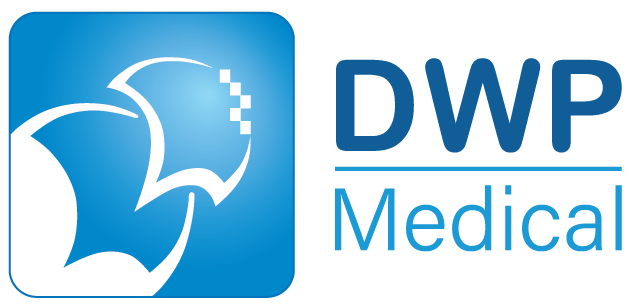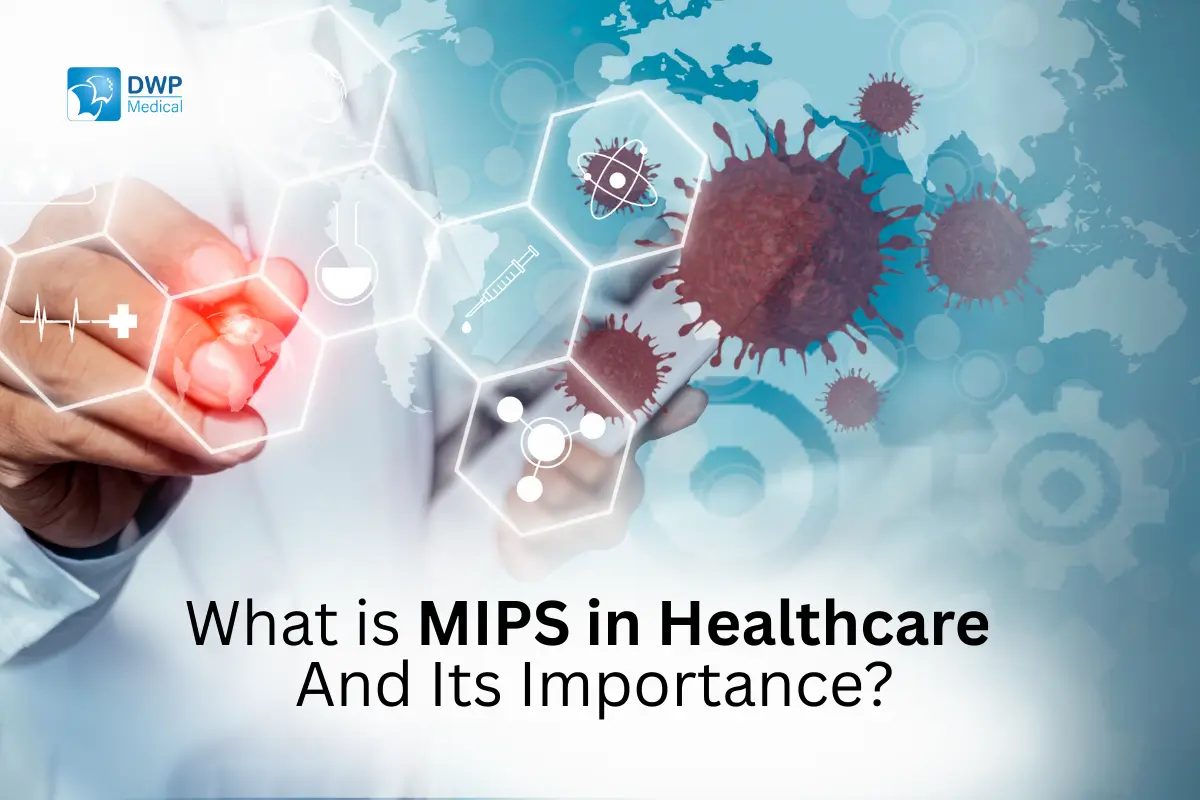If you’re new to the billing practice of the healthcare system or planning to set your career in healthcare billing, understanding MIPS is important.
The full form of MIPS is a Merit-Based Incentive Payment System that is given to doctors who take better care of patients who are under Medicare.
Learn about MIPS healthcare categories and their benefits for healthcare providers.
What is MIPS?
MIPS in healthcare is a payment program that encourages doctors and healthcare providers to provide high-quality care and treatment to patients who are eligible for Medicare.
It’s a reward given to healthcare providers who exceed a certain performance limit and provide high-quality treatments and care to patients. On the other hand, it also costs penalties to those healthcare providers who stand below the limit.
Moreover, there are four categories on which providers get evaluated. These four categories are Quality, Cost, Promoting Interoperability, and overall performance of a doctor over a performance period.
MIPS Categories in Healthcare System
MIPS program is divided into four categories that help evaluate healthcare provider performance. These are:
Quality
First we have a quality category. This category has 45% of MIPS healthcare score and measures how effectively and safely a doctor has given the treatment.
To check these things, EHR (electronic health records) are used where the entire patient’s data is stored. Since this approach is electronic, there is no chance to collect incorrect data.
Cost
This contains 15% of the MIPS score. It evaluates how cost-effective the treatment is. However, to provide high-quality and cost-efficient treatment, providers can predict healthcare expenditures and also consider complications beforehand.
Plus, healthcare systems can save money and increase their score by removing unnecessary surgeries. So, providing affordable treatments without compromising on quality is what matters.
Improvement Activities
This contributes 15% of the total score. Improvement activities mean building a healthy communication system between patients and doctors, allowing patients to access their medical records, and setting up their appointments.
Hence, healthcare providers score high when they frequently use patient feedback to improve services and put their efforts into providing premium care to patients.
Promoting Interoperability
25% of promoting interoperability contributes to the MIPS score. This means that healthcare providers send information about the patient to each other. Allowing patients to access medical healthcare data is a part of MIPS. This can be done using EHR, where the complete record of the patient’s medical status exists.
Benefits of MIPS for Healthcare Providers
MIPS, as we know, is a part of QPP (quality paid program) used to reward healthcare providers when their services increase to a certain level.
However, MIPS healthcare offers several benefits for providers, that are:
Improved Patient Care:
The incentives are given to healthcare providers to give care to patients. Hence, this practice encourages providers to invest in their efforts to give better care and high-quality treatments to patients.
Financial Improvement:
Rewards are given to healthcare providers on the basis of their performance evaluation. The better the care, treatments, and cost-effective procedures, the higher the payment adjustments. However, the providers who do not meet the requirements and fall below the line face penalties.
Performance Transparency:
It gives detailed feedback on healthcare providers’ services. That helps them focus on improvement areas while giving their best next time. Their continuous efforts of doing better results in better outcomes.
Cost Saving:
MIPS evaluates on the basis of cost-effectiveness. This helps providers to use their resources more effectively and reduce unnecessary treatments while having no compromise on the quality of services.
Use of Advanced Tech:
Healthcare providers prefer to use more advanced tools to minimize the chances of errors. This also brings the importance of using technology that helps make the whole process managed and smooth.
How Medical Billing Services Help with MIPS
MIPS in medical billing plays an important role. It helps in the collection of accurate and complete data from patients to have proper documentation. It makes sure that the healthcare provider meets the requirements of MIPS when evaluating scores.
Moreover, the medical billing system maintains a managed record and makes sure the billing coding is free from errors. Plus, the timely submission of claims with minimum chances of denial is made. This not only helps maintain improved cash flow and increased RCM but also increases the performance score of healthcare providers.
By analyzing performance charts and getting and evaluating feedback, providers take steps to improve their outcomes, reducing extra expenses and providing better and cost-effective treatment to patients.
Hence, we can say that medical billing services help healthcare providers manage administrative issues and complexities while also focusing on improving their financials and performance.
Conclusion
So, we get to the conclusion that MIPS is very important in healthcare as it constantly improves the patient’s care along with increasing financials for hardworking healthcare providers.
However, medical billing is a complex task that should be overlooked by experts. So, outsource your billing tasks to DWP Medical today to have an improved medical billing system.
Moreover, when your claims, MIPS, and bills are taken care of by experts, there will be zero chances of errors. Hence, you will have a smooth and accurate cash flow. Also, we make sure that your patients get better care while you have enough money in the future.


